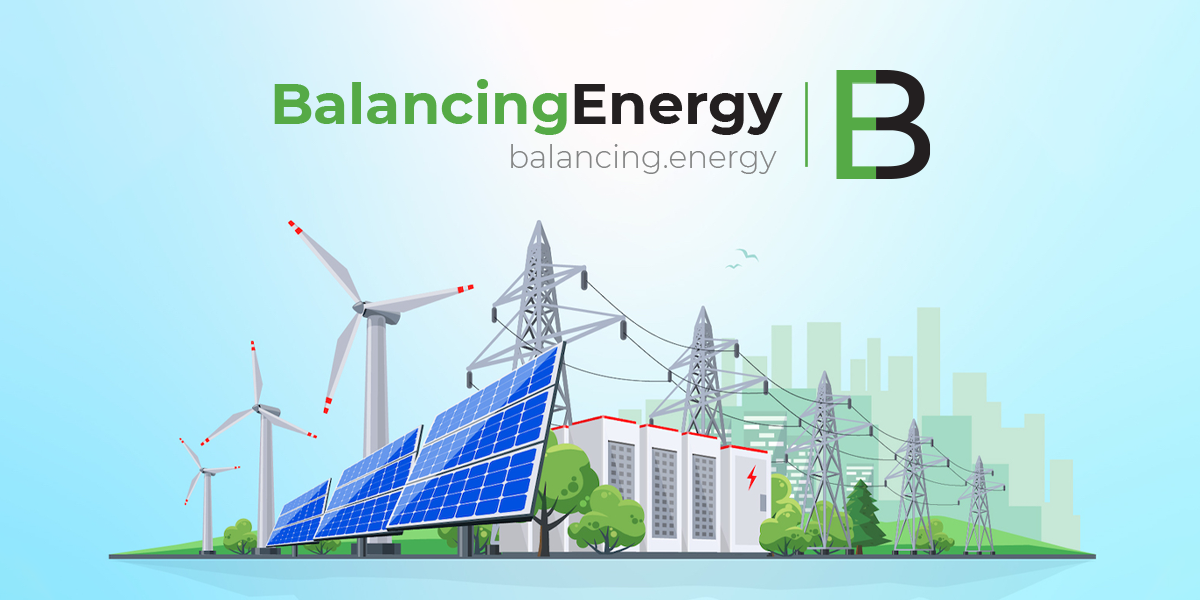Serbia will aim to cut its 2012 budget deficit to offset the negative effects of the eurozone crisis, an International Monetary Fund delegation said Wednesday.
Serbia will aim to get the budget deficit next year down to 4.25 percent of GDP, lower than this year’s budget gap of 4.5 percent, said Mark Allen, the mission chief.
Allen explained that the adjustment was made “in the context of the slower growth which is caused by the turbulence in the eurozone.”
Finance Ministry official Dusan Nikezic described the move as “the first substantial measure ahead of upcoming challenges.”
The IMF delegation has approved the first review of a precautionary loan deal for Serbia that envisages that the country can draw on euro1.1 billion ($1.4 billion) in rescue loans if needed. Officials say they don’t intend to withdraw the first euro190 million ($257 million).
“The arrangement with the IMF is extremely important for Serbia in the turbulent conditions and a clear signal that the government is acting cautiously,” Nikezic said.
Allen said that Serbia — which depends on exports and investment from the eurozone — will be affected by the fact that no growth is expected there next year.
But he said the country has “buffers to draw upon,” including its foreign currency reserve, liquid banking system and the IMF loan.
“It is possible things could get worse” in the eurozone, Allen said, adding this would call for “additional measures.”
Serbia’s growth this year is still projected at 2 percent, but it will slow to 1.5 in 2012 “with risk to downside,” Allen said.
Serbia’s previous agreement with the IMF — which expired in April — was worth euro2.9 billion ($4.18 billion) and it withdrew some euro1.5 billion ($2.16 billion) from the total credit line.
The approval of the first installment of the new deal is conditioned on the submission of the 2012 budget before being approved by the IMF board.











